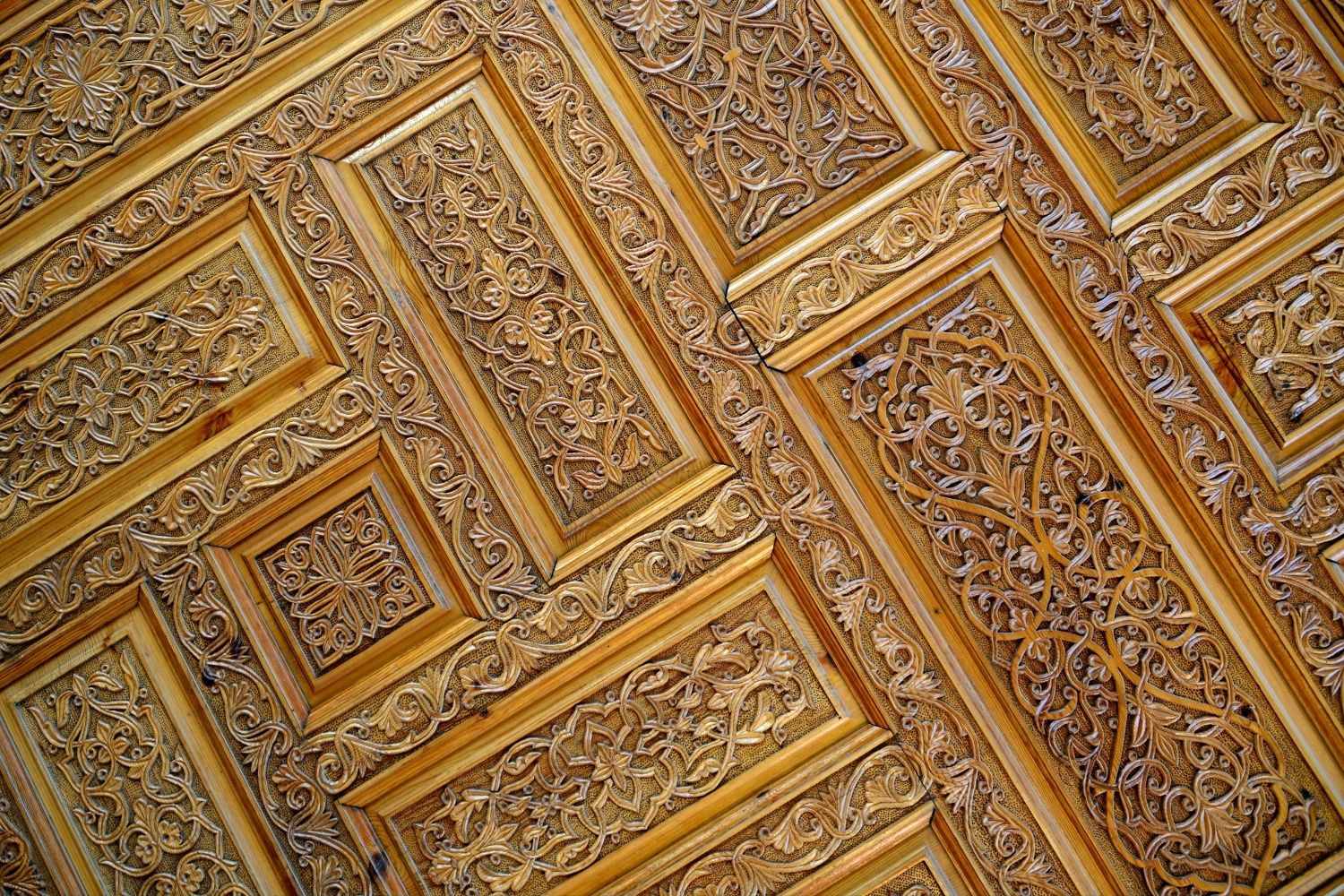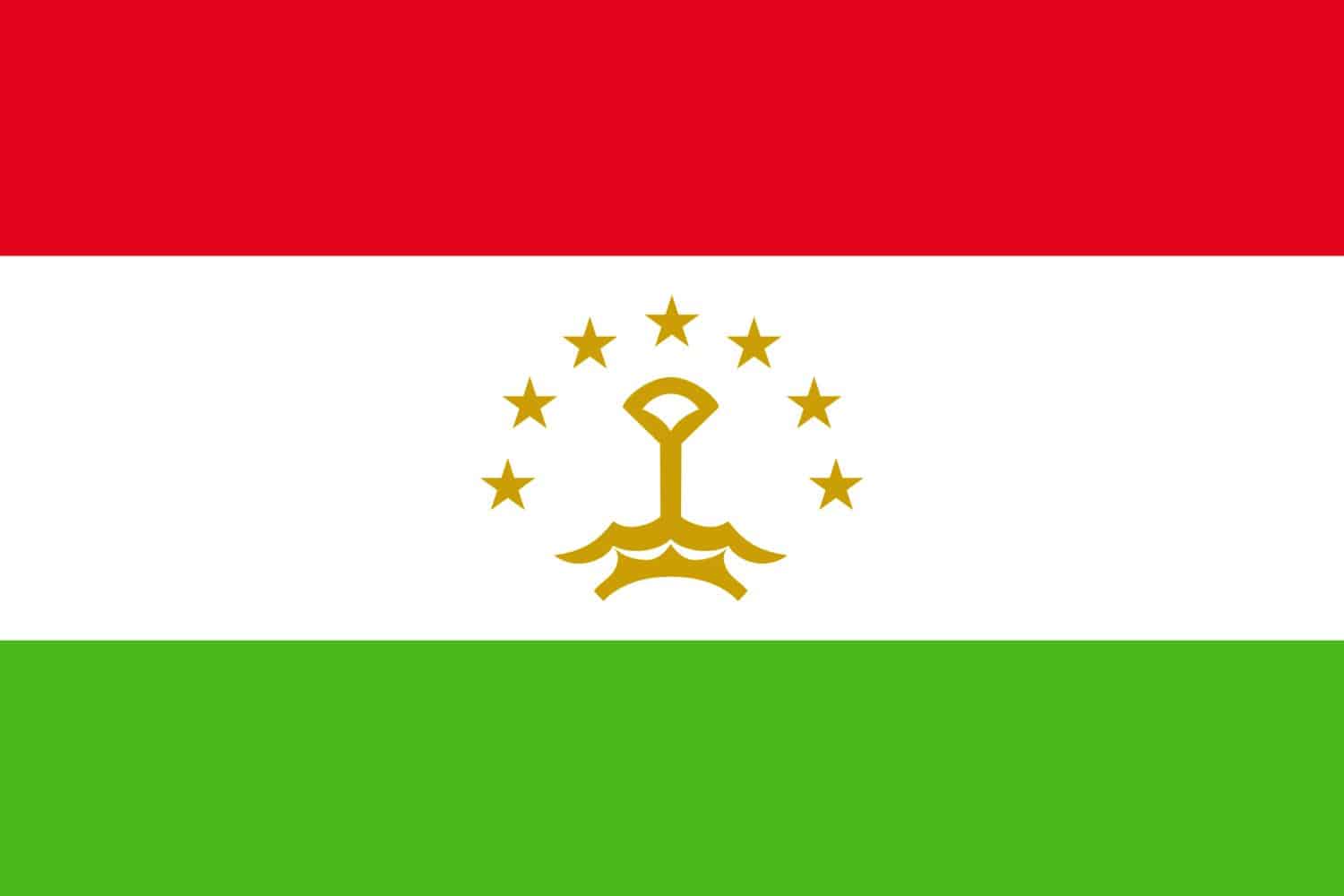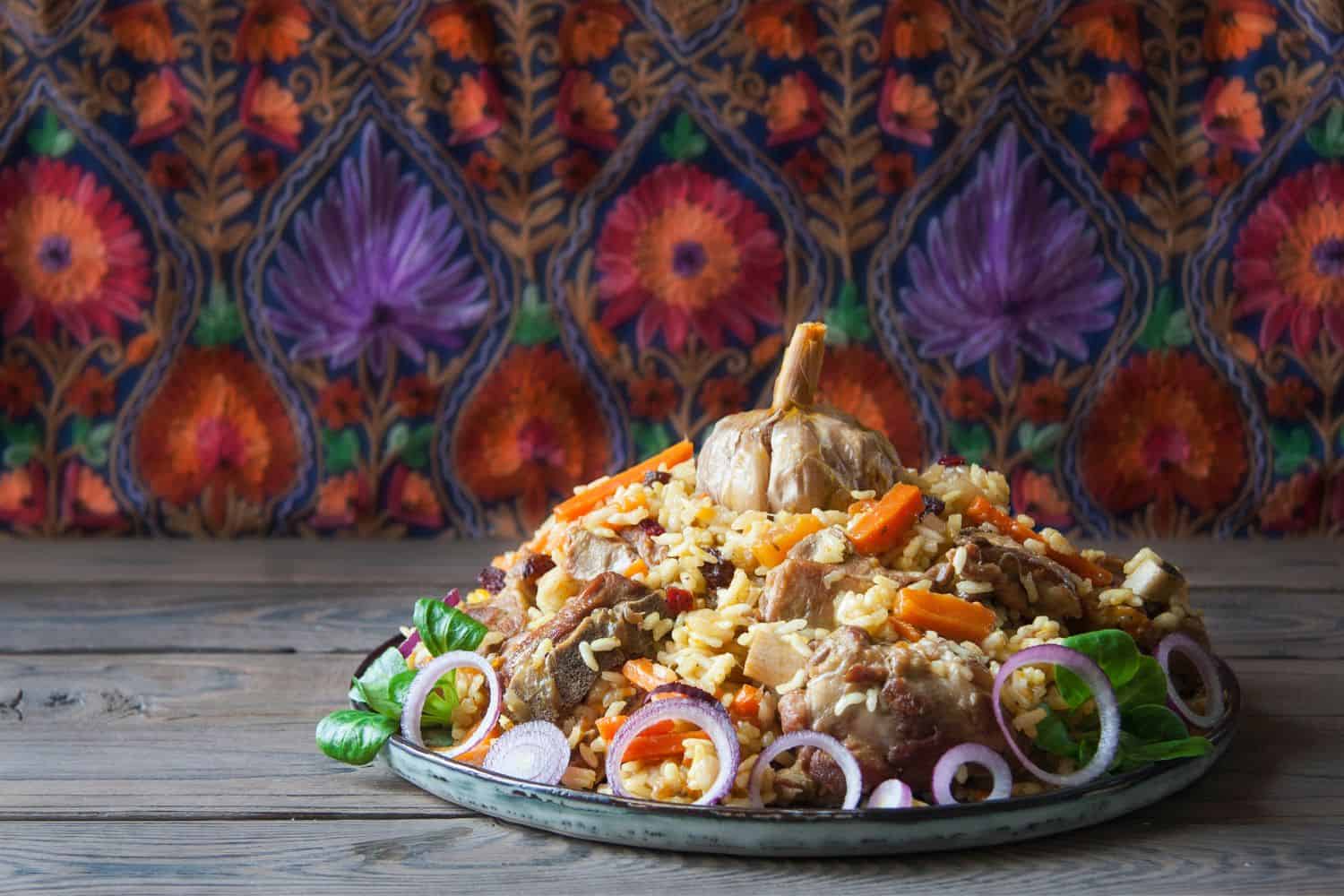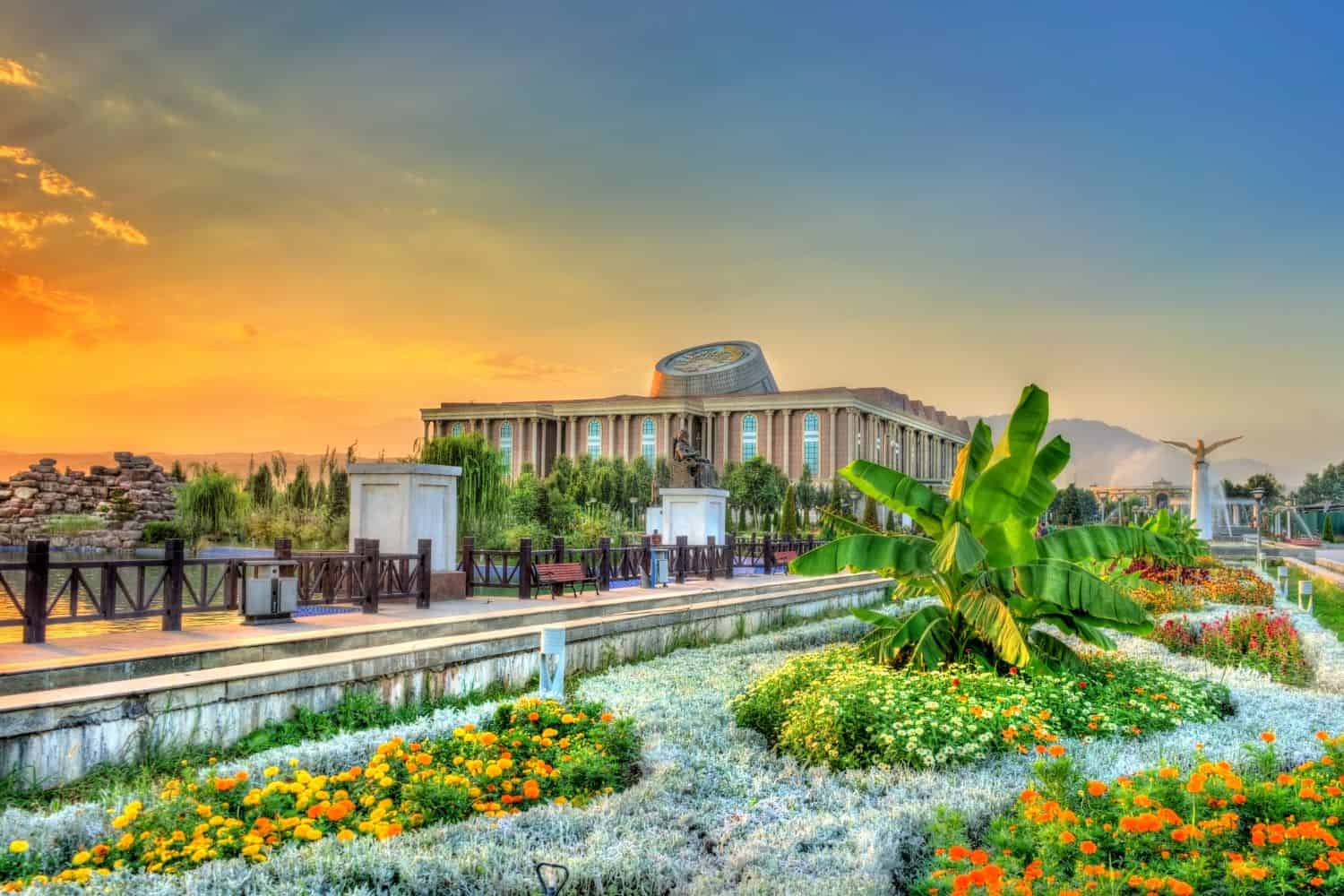Table of Contents
Explore Tajikistan culture as we offer you an extensive understanding of the customs of Tajikistan, along with its rich and diverse heritage, encompassing traditions, values, and unique customs and practices.
Tajiks place a significant emphasis on hospitality, warmly welcoming guests. Family holds a central position in Tajik society, characterized by strong ties and a sense of community. It’s essential to acknowledge that Tajikistan culture undergoes continual evolution, shaped by historical events, regional dynamics, and global interactions.
Understanding the culture of Tajikistan can provide valuable insights into the intricate and varied society of the nation.
Tajikistan Culture
Here are the most important points to begin learning about Tajikistan culture and customs:
- Ethnic Diversity: Tajikistan is home to a diverse mix of ethnic groups, each with its own customs and traditions. Tajiks, Uzbeks, Russians, and Pamiris are some of the major ethnic communities.
- Languages: The two official languages are Tajik (a variety of Persian) and Russian, but numerous regional languages and dialects are spoken throughout the country.
- Islamic Practices: Tajikistan is predominantly a Muslim country, and Islam deeply influences Tajikistan culture, impacting daily life, values, and societal norms. This includes daily prayers, fasting during Ramadan, and adherence to Islamic dietary laws. The majority of Tajiks practice Sunni Islam.
- Greeting Etiquette: Greetings are an essential part of Tajikistan culture. Handshakes are common between men, while men and women usually do not shake hands. Instead, they greet each other verbally with polite phrases.
- Traditional Clothing: Traditional Tajik clothing, such as the “kurta” for men and colorful dresses for women, is commonly worn. Traditional attire varies by region and ethnicity but remains an integral part of Tajik identity.
- Cuisine: Tajik cuisine features dishes like plov (rice pilaf), kebabs, and various soups and stews. It reflects a fusion of Central Asian, Persian, and Russian flavors.
- Hospitality: Tajiks are known for their warm hospitality. When guests visit, they are offered tea, meals, and often a place to stay. It is considered impolite to decline such offers.
- Respect for Elders: Respect for elders is a deeply ingrained custom. Younger individuals show deference to their seniors through words and actions.
- Arts and Crafts: Tajikistan has a rich tradition of arts and crafts, including intricate embroidery, pottery, and traditional woodworking.
- Music and Dance: Traditional Tajik music includes instruments like the “rubab” and “doira.” Folk dances are an integral part of cultural celebrations.
- Celebration of Festivals: Tajiks celebrate various religious and cultural festivals, such as Eid al-Fitr, Eid al-Adha, and Navruz (New Year). These celebrations often involve special prayers, feasts, and gatherings with family and friends.
- Family and Community: Family is central to Tajik society, and strong community bonds are essential for support and social cohesion.
- Gender Roles: Gender roles are traditionally defined, with men and women often occupying distinct social spheres. However, changes are occurring, particularly in urban areas.
- Arranged Marriages: Arranged marriages are a prevalent custom in Tajikistan. Families play a central role in matchmaking, and the union is seen as a commitment not only between individuals but also between families.
- Conflict and Resilience: Tajikistan’s history includes periods of conflict, which have shaped its culture, fostering resilience and strong community ties.
These customs are essential aspects of Tajikistan culture and are readily visible in everyday life, reflecting the country’s rich cultural heritage and strong sense of community and tradition.
Tajikistan Traditional Attire
Tajikistan traditional attire is a reflection of the country’s rich cultural heritage, influenced by diverse ethnic groups, regional climates, and historical influences. The clothing worn by Tajiks serves both practical functions and carries significant cultural and social meanings.
1. Regional Variation: Traditional clothing in Tajikistan varies widely across different regions, influenced by local climates, lifestyles, and ethnic traditions. In colder mountainous areas, people often wear heavier, layered garments, while in warmer lowland regions, lighter clothing is preferred.
2. Tajik Dress: The traditional attire of the Tajik ethnic group typically includes the “kurta” for men, a long loose-fitting shirt, often paired with trousers. Women may wear colorful dresses with intricate embroidery, often accompanied by a headscarf or shawl.
3. Pamiri and Uzbek Attire: Other ethnic groups in Tajikistan, such as the Pamiris and Uzbeks, also have their unique traditional clothing styles. For instance, Pamiri men might wear a “parsun” (a long robe) and distinctive headgear, while Uzbek women may don vibrant dresses with decorative patterns.
4. Nomadic and Rural Clothing: Nomadic communities and rural populations in Tajikistan often have distinct attire suited to their lifestyles. Nomadic groups, like the Kyrgyz, may wear felted wool garments and distinctive hats, while rural Tajiks may opt for practical clothing made from locally sourced materials.
5. Modesty and Cultural Symbolism: Traditional Tajik clothing typically emphasizes modesty, with loose-fitting garments that cover the body. The choice of colors, fabrics, and embroidery often carries cultural and regional significance, reflecting local traditions and customs.
6. Festive Attire: Tajiks dress elaborately for special occasions and celebrations, adorning themselves with ornate clothing featuring intricate patterns, beadwork, and embroidery. Festivals, weddings, and religious ceremonies are opportunities for individuals to showcase their finest traditional attire.
7. Modern Influence: Despite the significance of traditional attire, modernization and Western influences have led to the adoption of Western-style clothing, particularly in urban areas. Many Tajiks now combine traditional garments with modern fashion elements, reflecting evolving lifestyles and global trends.
Tajikistan traditional attire is more than just clothing; it embodies the country’s cultural diversity, history, and identity. Through its vibrant colors, intricate designs, and regional variations, traditional clothing serves as a visual representation of Tajikistan’s rich cultural tapestry and heritage.
Tajikistan Marriage Traditions
Tajikistan Marriage Traditions are deeply ingrained in its diverse cultural and religious heritage, with variations across different ethnic groups and regions. These traditions hold significant importance in Tajik society, embodying both historical customs and contemporary influences.
1. Arranged Marriages: Arranged marriages are prevalent in Tajikistan, where families typically play a central role in selecting suitable partners for their children. The practice is viewed as a means to maintain cultural traditions, family honor, and social cohesion.
2. Matchmakers: Matchmakers, known as “khaastegaar” in Tajik, assist in the matchmaking process by considering factors such as family background, social status, and compatibility when suggesting potential matches.
3. Engagement: Once a suitable match is found, the engagement process begins with a formal agreement between the families. This agreement, often referred to as “namzod,” signifies the commitment of the couple to marry.
4. Wedding Celebrations: Tajik weddings are elaborate affairs that typically span several days. They involve traditional rituals, feasting, music, and dancing. The main wedding ceremony, known as “nikoh,” involves the exchange of vows and is conducted in accordance with Islamic customs.
5. Bride Price (Mahr): The groom traditionally provides a “mahr” or dowry to the bride as a symbol of commitment and financial security. The amount and form of the mahr vary based on cultural norms and the financial status of the families involved.
6. Bridal Attire: Brides in Tajikistan often wear vibrant and intricately embroidered dresses, accompanied by ornate jewelry. The style of attire may vary depending on the region and ethnic background of the bride.
7. Post-Wedding Customs: After the wedding ceremony, various customs and traditions may continue, such as hosting a celebratory feast known as “ruishtok” or “waleemah” and conducting rituals to welcome the bride into her new household.
8. Social and Religious Significance: Marriage holds both social and religious significance in Tajikistan, with strong ties to Islamic principles and traditions. The marriage contract, known as “nikoh,” is performed in the presence of witnesses and often includes recitations from the Quran.
9. Family and Community Involvement: Tajik weddings are not only a celebration of the couple but also a communal affair, involving extended family members, friends, and neighbors. Community support and participation are integral to the success of the wedding festivities.
10. Contemporary Changes: In recent years, there has been a gradual shift towards love marriages in Tajikistan, particularly among the younger generation in urban areas. However, even in such cases, traditional customs and ceremonies are often incorporated into the wedding celebrations.
Tajikistan marriage traditions reflect the values of family, community, and cultural identity, serving as a testament to the country’s rich heritage and social fabric. While evolving over time, these traditions continue to play a vital role in preserving Tajik cultural heritage and fostering social bonds within the community.
Tajikistan Food Culture
Tajikistan food culture is a vibrant blend of influences from Central Asia, the Middle East, and Russia, reflecting its rich history, diverse geography, and culinary traditions.
- Regional Variation: Food from Tajikistan diverse geography, including mountainous regions, valleys, and plateaus, has fostered a variety of regional cuisines. Each area integrates local ingredients and traditional cooking techniques, contributing to a rich tapestry of flavors unique to each locality.
- Staple Foods: Tajik cuisine relies heavily on staple foods such as rice, bread (especially flatbreads like “non” and “lavash”), and grains like wheat and barley. Rice dishes like “osh” and “plov” are staples in Tajik cuisine, often served with meats, vegetables, and aromatic spices.
- Meat Dishes: Meat, particularly lamb and beef, features prominently in Tajik cuisine. Grilled meats, kebabs, and hearty stews are popular choices, often seasoned with a blend of spices and herbs.
- Spices and Flavorings: Tajik cuisine makes use of a variety of spices and flavorings, including cumin, coriander, garlic, onion, and chili peppers. These ingredients add depth and complexity to dishes, enhancing their flavor profiles.
- Traditional Dishes: Tajikistan boasts a rich repertoire of traditional dishes, including “osh” (pilaf), “qurutob” (a dish made with yogurt, bread, and vegetables), “shurbo” (soup), and “somsa” (filled pastries). These dishes often have regional variations and are enjoyed during festive occasions and family gatherings.
- Use of Dairy Products: Dairy products such as yogurt, sour cream, and various types of cheese are integral to Tajik cuisine. They are used in both savory and sweet dishes, adding richness and creaminess to meals.
- Tea Culture: Tea holds a special place in Tajikistan culture, with green and black tea being popular choices. Tea is often served hot and accompanied by sweets or dried fruits, and it plays a central role in social gatherings and hospitality.
- Preservation Techniques: Tajik cuisine incorporates various preservation techniques such as drying, pickling, and fermenting to preserve seasonal produce and prolong shelf life. These techniques contribute to the diversity of flavors and textures in Tajik dishes.
- Family Dining and Hospitality: Tajikistan culture emphasizes hospitality and communal dining. Families often gather around a “dastarkhan” (tablecloth) to share meals together, fostering bonds and connections within the community.
- Adaptability and Resilience: Tajik cuisine has adapted over time to changing circumstances and influences, demonstrating the resilience of its culinary traditions. Despite challenges, Tajik cooks continue to innovate and create delicious dishes using locally available ingredients.
Book our services
These guiding services ensure that your journey is not only enjoyable but also informative and hassle-free. Tajikistan’s cultural delights, historical marvels, and natural wonders await your exploration with RJ Travel LLC. Our Tajikistan Private Tours are designed to immerse you in the rich cultural heritage, historical significance, and breathtaking landscapes of this extraordinary nation.
Contact Us and our team will make sure to help you plan your trip to Tajikistan when it’s safe and ready for travel. Whether you’re interested in joining a pre-arranged Tajikistan small group tour or creating a custom itinerary, we are here to make your Tajikistani adventure an unforgettable reality.
More About Tajikistan
Book Your Trip to Tajikistan Today!
Embark on an unforgettable journey and explore the allure of Tajikistan through our exclusive tours.








